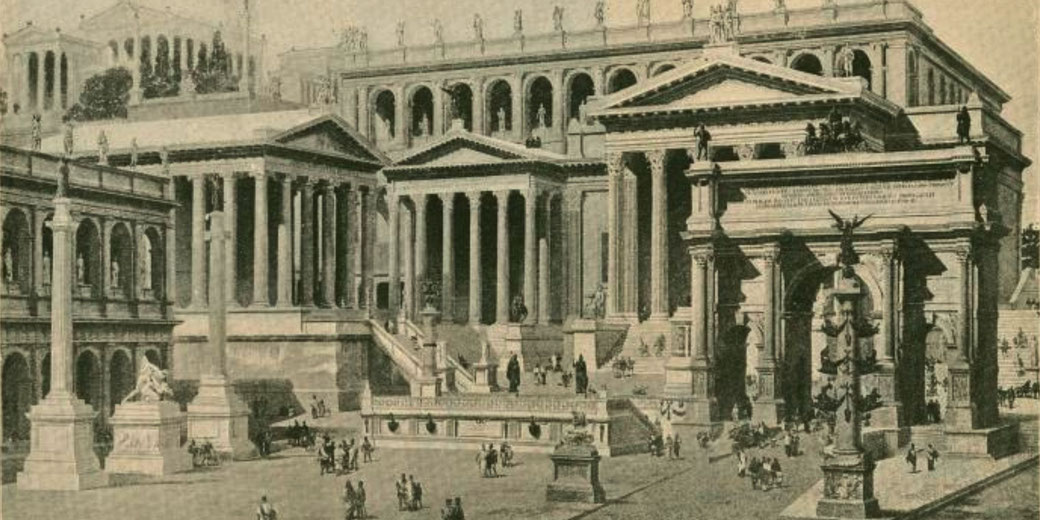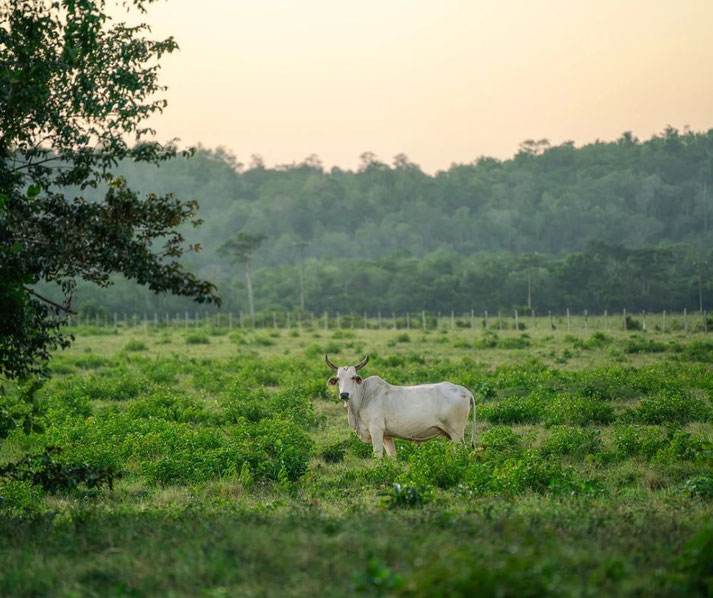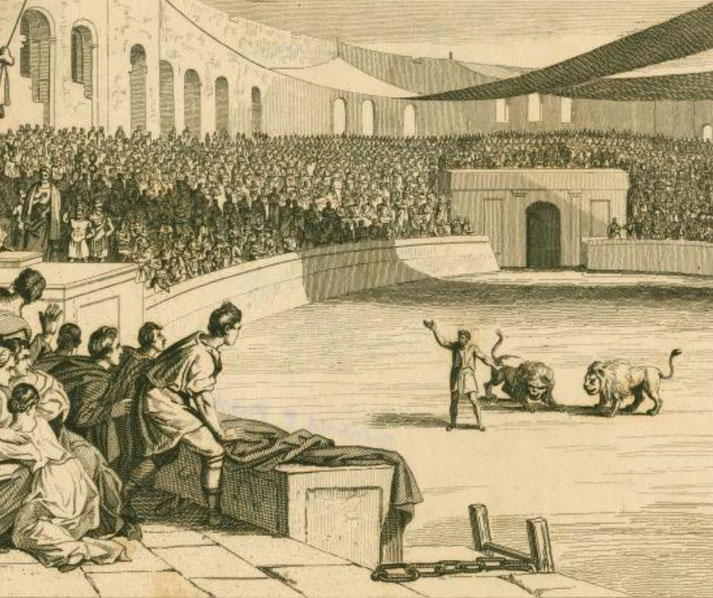What was daily life like in ancient Rome?

When people think about ancient Rome, they imagine Roman legions and large marble buildings. However, in reality, everyday life for the common people of ancient Rome was not pleasant.
At the height of its power, the Roman empire covered a vast stretch of land that included many different cultures and social classes. But, most people didn’t life in the capital city.
If you did live in Rome itself, you would find both the rich who lived in comfortable homes, and the poorer and the slaves who often struggled to live in tiny rooms in apartment buildings.
This meant that daily routines varied greatly based on a person’s social status and wealth. As a result, most people were relatively poor and spent their time worrying about their basic needs, such as food and clean water.
Where would you have been in Roman society?
At the top were the patricians, who were wealthy and held most of the power.
Below them were the plebeians, the common people who made up the majority of the population. Many plebeians worked as farmers, merchants, and craftsmen.
However, it was the slaves who had the hardest lives. They had no rights and were legally considered to be physical objects that belonged to their masters.
But not all slaves’ work was the same: some worked in homes, while others laboured in fields or mines.
Regardless, their conditions were often harsh and painful. There were also the freedmen, who were former slaves, who, even though they were no longer enslaves, mostly worked in low-paying jobs.
As you can image, in Rome, the social order affected every part of a person’s life. In fact, marriage, politics, opportunities, and daily routines all depended on a person’s access to money and family background.
What houses did they live in?
Wealthy Romans lived in large houses called domus, which had many rooms and a courtyard, centered around a central atrium.
The atrium was often decorated with mosaics and statues. Patricians and their families enjoyed more space and privacy in these kinds of homes than most people.
In contrast, plebeians lived in crowded apartment buildings called insulae. These buildings were tall and often poorly built.
A single insula housed many families. Notably, the poorest families lived on the upper floors, which were harder to reach and more dangerous if a fire started.
Unfortunately, most insulae had no running water or toilets, so many people relied upon public baths and shared latrines.
If you lived in the countryside, wealthy Romans owned large estates called villas with gardens, farms, and multiple buildings.
These estates provided their own food and goods. However, slaves and freedmen worked the land.
Unlike the busy city, life on a villa was considered to be quiet and peaceful.
What were families like?
Family life in ancient Rome focused on the household, or familia. The head of the household was the father, known as the paterfamilias, who had full authority.
As such, he managed all family matters, including how money was spent and all marriage decisions.
Everyone in his household, even adult sons, were under the paterfamilias' control until he died.
Women in Roman families had important roles even though they had limited rights.
Wives were called matronae, and they were responsible for managing the home and caring for the children.
When required, they could also supervise the slaves. Wealthy women such as Cornelia, the mother of the famous Gracchi brothers, were respected for their wisdom and good character.
What about the children? They were valued in Roman families. Boys learned reading, writing and speech skills, which was meant to prepare them for public life.
Girls learned household tasks from their mothers, which prepared them for marriage and future motherhood.
What many people today are surprised to learn is that slaves were considered to be part of a household, but not full family members.
They were incredibly important, as they did all of the domestic tasks, from cooking and cleaning, to teaching the children.
Some families treated their slaves harshly, which they were allowed to do, while others could be very kind.
What jobs did people have?
Most Romans, especially plebeians, did manual labour. Farmers worked hard on their fields to grow wheat and barley, or raise animals for extra food and money.

Some people were specialised skilled workers who made items such as pots, tools, and clothes.
These workers often joined groups called collegia, which offered financial help and set fair rules for everyone in the same trade.
As a result, blacksmiths, carpenters, and bakers were common in Rome and in cities across the empire.
Many Romans also worked for the imperial government in jobs like collecting taxes, writing records, and keeping files, which were needed to keep the city running.
Some powerful people, like Julius Caesar before he rose to power, held some lower-level administration jobs in the government that ultimately prepared them for political careers.
What did people do for fun in ancient Rome?
Romans of all classes took part in activities that brought excitement and rest. The Colosseum was famous for its gladiator fights and drew massive crowds of spectators.
These events had fighters, who were often slaves or prisoners, who battled each other to entertain the crowd.
On special days, even the emperor came to watch them.

Romans also enjoyed the theatre, where plays were shown in open-air spaces.
Writers such as Plautus and Terence made comedies and dramas, for these theatres, while music and poetry readings could also be hosted in them.
Public baths were another favourite pastime. In Latin, they were called thermae.
We might assume that they were just places to wash yourself clean, but they were also popular meeting spots where people met friends and talked business.
When they did so, they could choose to relax in either hot or cold pools. For example, the largest baths, such as the Baths of Caracalla, could accommodate thousands of visitors at a time.
For a small fee, Romans from all walks of life could use these facilities.
Chariot races at the Circus Maximus were among the most exciting of all social events in Rome.
Here, teams of horses raced around the track with the crowds cheered their favourite charioteers on.
These races were incredibly fast and very risky for the people involved. Crashes were frequent and kept the crowd on edge, but the thrill of these experience made them very popular.
Did ancient Romans travel?
The Romans built many roads that linked all parts of their empire together.
Romans called these roads viae and they were made from layers of stone, gravel, and sand. This combination made them strong and reliable.
Roman roads ran from Britain to Egypt, which helped both the movement of trade goods and the soldiers in the army.
The road system was so effective that many Romans could visit one end of the empire to the other in just a few months.
Meanwhile, the emperors needed them in order to maintain control over all of the territories under their control.
To go long distances, wealthy people often used carriages or litters carried by slaves.
For shorter trips, many people walked or rode horses. In Rome itself, the busy streets were most often filled with carts and chariots, along with the crowds of people.
What about sea travel? The Mediterranean Sea was vital for Romans and Rome's navy spent much of their time protecting merchant ships from pirates.
Massive ships often sailed between ports like Ostia, Alexandria, and Carthage to carry valuable goods such as grain, olive oil and wine.
For most people, travel by sea was often faster and more reliable than going overland by road.
What do you need help with?
Download ready-to-use digital learning resources
Copyright © History Skills 2014-2025.
Contact via email
With the exception of links to external sites, some historical sources and extracts from specific publications, all content on this website is copyrighted by History Skills. This content may not be copied, republished or redistributed without written permission from the website creator. Please use the Contact page to obtain relevant permission.





